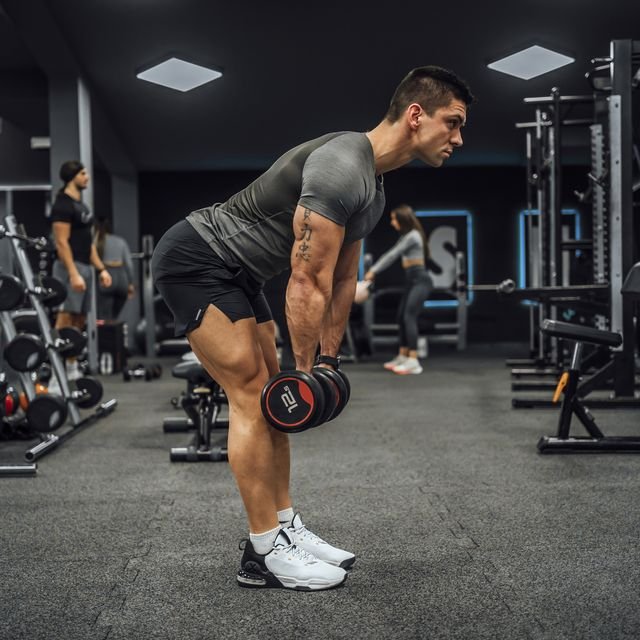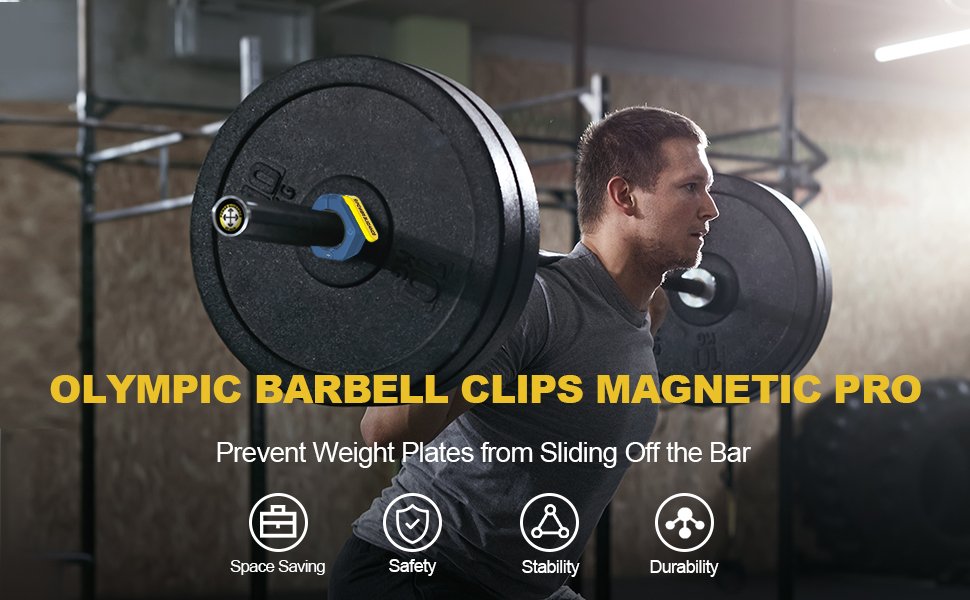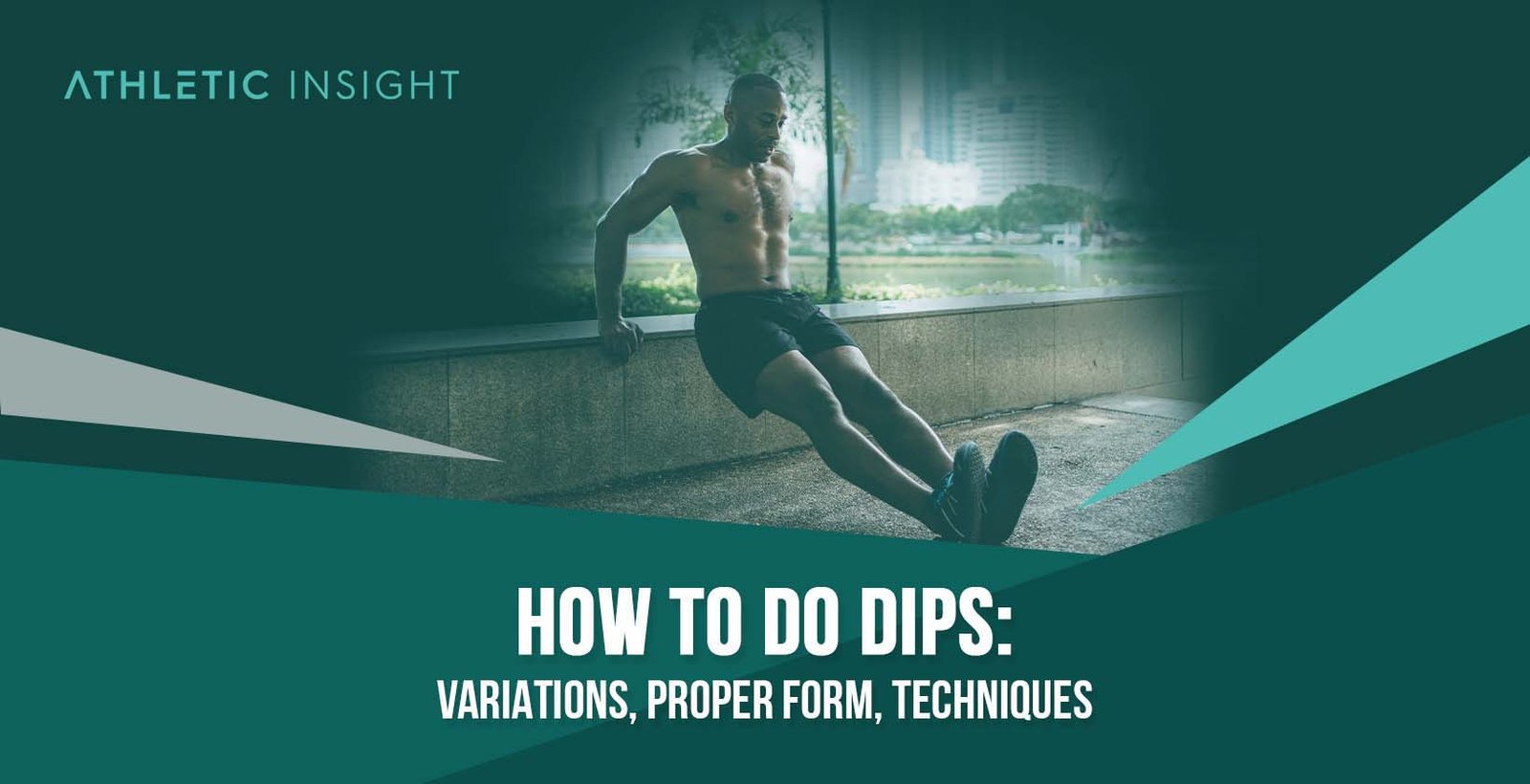Not sweating during a workout isn’t necessarily bad; it can depend on workout intensity and individual differences. Sweating is a biological response to regulate body temperature, not a universal indicator of exercise effectiveness.
Working out can be a personal experience, and your body’s reactions, including sweating, often differ from others’. Sweating occurs when your body temperature rises and needs to cool down. It’s common to believe that a good workout should leave you drenched in sweat, but that’s not always the case.
Various factors, such as the ambient temperature, the type of exercise you are doing, your fitness level, hydration status, and even genetics, influence how much you sweat. Some people may sweat profusely with light physical activity, while others might remain relatively dry even after intense sessions. The key is to focus on the quality and consistency of your workout routine rather than the sweat produced. Listening to your body and measuring your workout’s intensity by your effort level and heart rate is more important than the amount you sweat.
Sweat And Exercise: Is There A Connection?
Many gym enthusiasts often judge a workout’s effectiveness by the sweat they produce. Does less sweat mean a less beneficial exercise session? This post explores the relationship between sweating and workout efficiency.
The Role Of Sweat In The Body
Sweat plays a vital role in regulating body temperature. As your body heats up, glands produce sweat to cool down. Here’s how it helps:
- Maintains body temperature: Prevents overheating during exercise.
- Detoxifies: Removes toxins and impurities.
- Hydrates skin: Keeps the skin moist and supple.
Physical Activity And Sweating
Sweating can indicate physical exertion but doesn’t always measure workout effectiveness. Various factors affect sweat rates:
| Factor | Impact on Sweat |
|---|---|
| Temperature | Hotter environments can lead to more sweat. |
| Fitness Level | Fitter individuals may sweat more efficiently. |
| Hydration | Dehydration can reduce sweat rates. |
| Genetics | Some people naturally sweat less than others. |
| Clothing | Non-breathable fabrics can trap sweat. |
Remember, sweating is a personal process. It varies from one person to another. Less sweat doesn’t necessarily mean you aren’t working hard. Listening to your body is key.
Factors That Influence Sweating
Wondering why you’re not sweating during your workout? It’s not as simple as a yes or no. Sweat is the body’s way of cooling down, yet many factors affect how much you sweat.
Genetics And Sweating Variability
Sweating is part of your body’s unique traits. Like eye color, your sweat response comes from your genes. Some people naturally sweat more or less than others. This doesn’t always signal a problem. Note differences but don’t worry immediately.
Fitness Level And Sweat Response
Your fitness level significantly influences your sweat rate. Regular exercise may lead to a more efficient sweat response. This efficiency can mean you start to sweat faster but not necessarily more overall. High fitness levels often correlate with a quick but controlled sweat onset.
- Temperature: Hotter environments make you sweat more.
- Humidity: High humidity means sweat won’t evaporate quickly, which may lead to less sweating as your body tries to adapt.
- Hydration: Not drinking enough water can reduce your ability to sweat.
- Clothing: Breathable fabrics help with sweat evaporation.
- Intensity: More intense workouts generally cause more sweating.
Remember these factors if you find your sweat levels changing. Always listen to your body and consult a doctor if you notice sudden or extreme differences.
Non-sweaters: Should You Be Concerned?
Moving through your workout and not a single drop of sweat? Not everyone leaves the gym drenched. Some people barely sweat and it’s normal. Different bodies respond differently to exercise. But when should you start to worry?
When Lack Of Sweat Might Be A Red Flag
Some signs might suggest that your lack of sweat is not just a quirk. Pay attention to these:
- Feeling overheated but not sweating
- Exercise feels unusually hard
- Dry skin during intense activity
These could be signals that your body isn’t cooling properly. It might mean something is off with your sweat response.
Medical Conditions Affecting Sweat Production
Several conditions can affect how much you sweat. Here’s a shortlist:
| Condition | How It Affects Sweat |
|---|---|
| Anhidrosis | Limited or no sweat |
| Hypohidrosis | Reduced sweat |
| Thyroid Issues | Alters sweat production |
| Diabetes | Impacts sweat glands |
| Medications | Some affect sweating |
If you notice consistent patterns of non-sweating, talk to a doctor. Your workout routine should make you feel good, not uneasy. Health prevails over exercise myths.
Measuring Workout Intensity Without Sweat
Sweat isn’t always a sign of a good workout. Many wonder, “Is it bad if I don’t sweat during exercise?” The truth is, sweat is not the only way to measure how hard you are working. You can track your workout intensity through other reliable methods.
Alternative Indicators Of Effective Exercise
Not dripping in sweat? No worries! Look at other signs that show your workout is effective. Your muscles should feel challenged, and you may even notice an increase in breathing rate. These are signs that your body is working hard.
- Muscle fatigue: Feeling your muscles work is a great indicator.
- Increased breathing: If you’re puffing more than normal, it’s working!
- Post-exercise feeling: A sense of accomplishment? That’s a win!
Monitoring Heart Rate And Perceived Exertion
Heart rate is a clear sign of workout intensity. An increase implies more effort. The Perceived Exertion Scale also helps gauge the difficulty level.
| Activity Level | Heart Rate Zone | Perceived Exertion |
|---|---|---|
| Light | 50-60% of max HR | Easily able to talk |
| Moderate | 60-70% of max HR | Conversation takes effort |
| Vigorous | 70-85% of max HR | Difficult to talk |
Use a heart rate monitor to stay in the right zone. Listen to your body. Rate the effort from 1 to 10. If you feel like it’s a 7 or above, you’re in the moderate to vigorous range!
Maintaining Proper Hydration Regardless Of Sweat
Many believe that sweat is a sign of a good workout. Yet, some don’t sweat much, leading to questions about hydration. Whether you’re drenched in sweat or still dry, staying hydrated is crucial. Here, we’ll dive into why hydration matters, regardless of sweat levels.
Understanding Body Hydration Needs
Your body needs water to function well. Water regulates temperature and lubricates joints. It’s vital for transporting nutrients and removing waste. Even if sweat isn’t visible, your body can still lose moisture, highlighting the need for steady hydration every day.
- Water powers muscles: Keeps them ready for action.
- Optimal brain function: Stays alert during workouts.
- Healthy skin: Maintains a clear and healthy appearance.
Guidelines For Hydrating Before, During, And After Exercise
Proper hydration follows a simple timeline:
- Before: Drink 17-20 ounces of water 2-3 hours before workout.
- During: Sip 7-10 ounces every 10-20 minutes of exercise.
- After: Replace lost fluids with 16-24 ounces per pound of body weight lost.
Using this guide ensures optimal performance and recovery.
| Time | Amount of Water (oz) |
|---|---|
| 2-3 hours before workout | 17-20 |
| Every 10-20 minutes during workout | 7-10 |
| After workout per pound lost | 16-24 |
Adapt these numbers based on your body size and workout intensity. Look out for signs your body may need more water.
- Dark urine: Indicates dehydration.
- Fatigue: Can signal low water levels.
- Thirst: Your body asking for more hydration.
When To Seek Medical Advice
When to Seek Medical Advice becomes vital if you’re not sweating during workouts. Sweating is your body’s natural way of regulating temperature. If you find that no matter how intense your workout is, sweat does not appear, this could be a sign to pay closer attention to your body’s responses. It’s time to check for other signals that may indicate a health concern worth addressing with a medical professional.
Signs Of Heat-related Illnesses
When your body can’t cool itself through sweat, you risk heat-related illnesses. Keep an eye out for the following symptoms:
- Dizziness or lightheadedness
- Nausea or vomiting
- Rapid heartbeat
- Headaches
- Flushed or red skin
- Muscle cramps
- Fatigue or weakness
If any of these symptoms occur, stop exercising immediately and seek a cool environment. Drink water and rest. If symptoms persist or worsen, consult a doctor.
Consulting A Professional For Anhidrosis
Anhidrosis refers to the inability to sweat normally. It’s time to speak to a medical professional if you notice:
- Little to no sweat during physical activity or in heat
- Dry skin consistently
- Overheating without much effort
A healthcare provider can help determine the cause of anhidrosis which could be linked to medication, genetic conditions, or other health issues. Early intervention can prevent complications.
Frequently Asked Questions On Is It Bad If I Don’t Sweat When I Workout
Why Don’t I Sweat During Exercise?
Some individuals may naturally sweat less due to genetic factors, personal fitness levels, or cooler environments. It does not necessarily indicate a poor workout. However, if sweating is significantly less than usual, it might warrant a health checkup.
Can Lack Of Sweat Indicate Health Issues?
Not sweating enough, a condition known as hypohidrosis, can sometimes signal underlying health problems. It’s important to consult a doctor if you notice a sudden change in your sweating pattern, as it might indicate issues with the sweat glands or nervous system.
Does Sweating More Mean A Better Workout?
Sweating is not a direct indicator of workout effectiveness. It’s more a sign of your body’s temperature regulation. A better workout is typically measured by intensity, duration, and achieving your personal fitness goals.
How To Increase Sweat During A Workout?
To increase sweat, try raising the workout intensity or exercising in a warmer environment. Ensure proper hydration, wear breathable clothing, and consider using sweat-enhancing products like sauna suits, bearing in mind the importance of safety and comfort.
Conclusion
Sweating isn’t the sole indicator of a successful workout. Your body’s hydration level, the exercise intensity, and even genetics play roles. Remember, the key is consistency in your fitness journey, not the sweat. Stay focused on your goals and adjusted workout plans that suit your body’s responses.
Keep moving, keep achieving!



